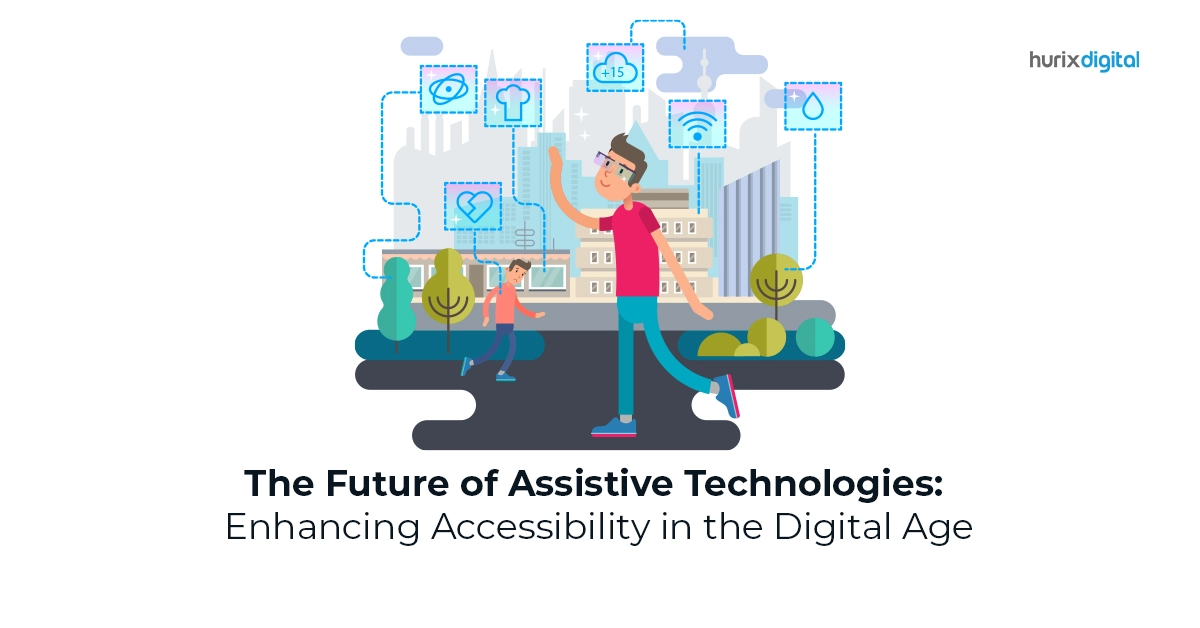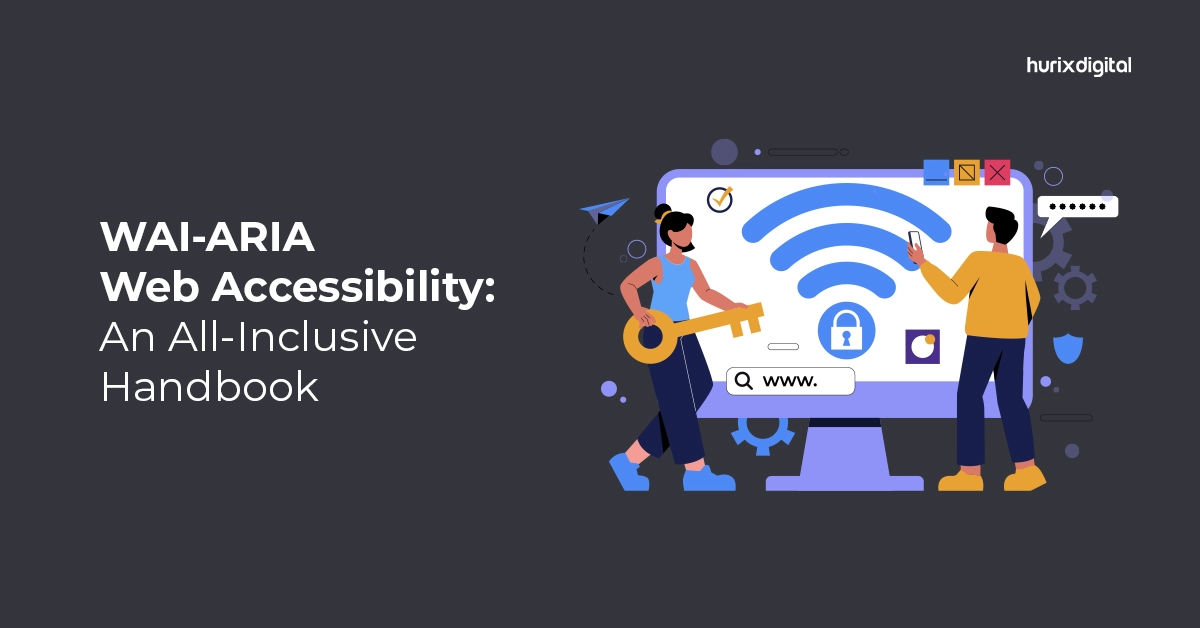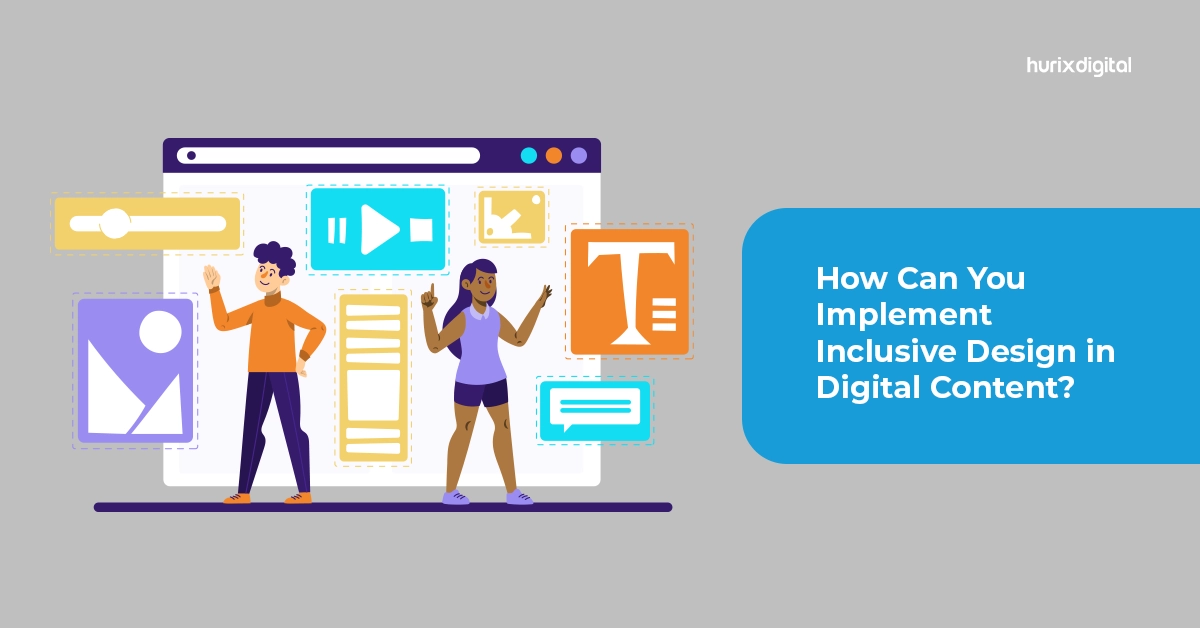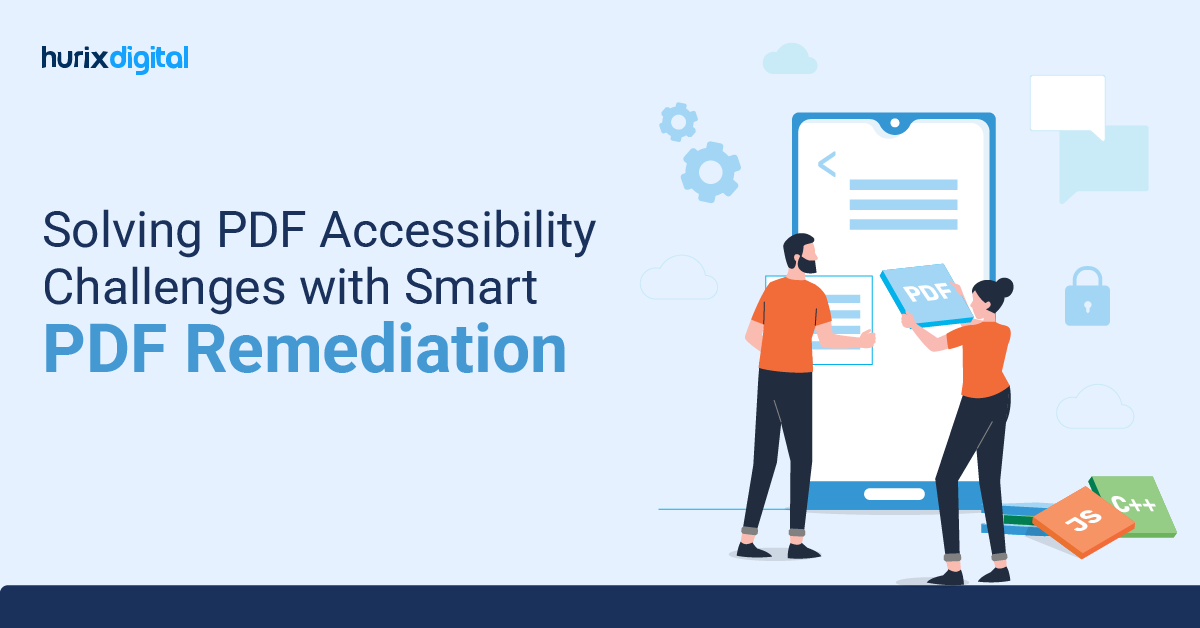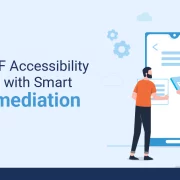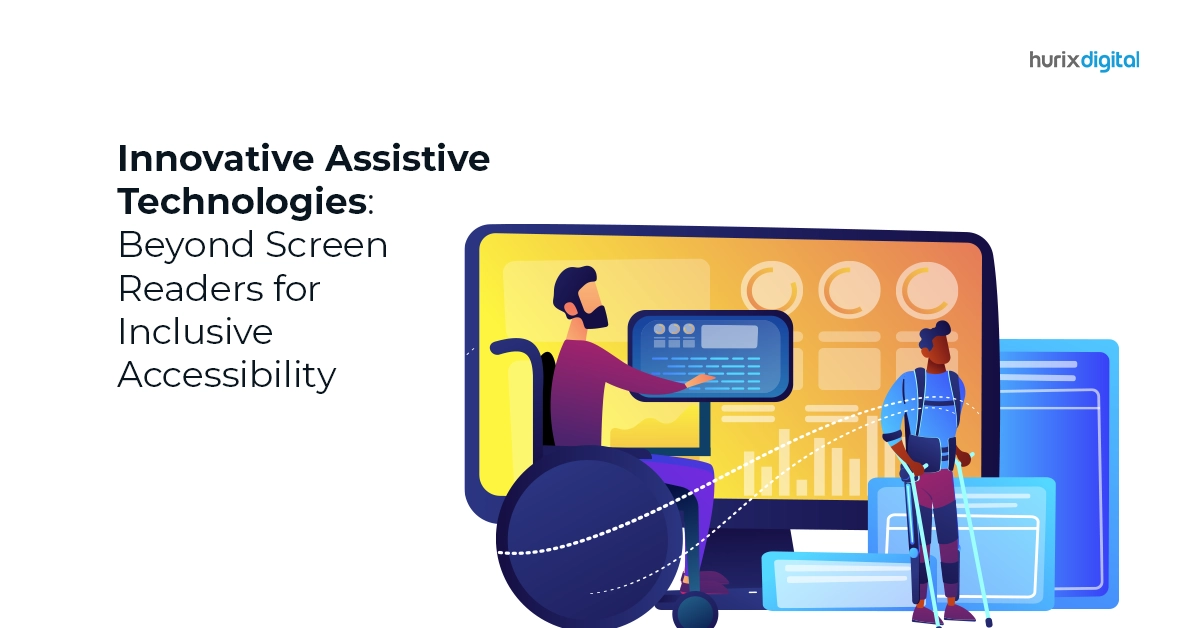
Innovative Assistive Technologies: Beyond Screen Readers for Inclusive Accessibility
Summary
Discover assistive technologies that go beyond screen readers. This post highlights innovative solutions for enhancing digital accessibility and inclusivity.
When we talk about web accessibility, screen readers often come to mind as a crucial tool for individuals with visual impairments. However, the world of assistive technologies extends far beyond screen readers, offering innovative solutions that enhance accessibility and create inclusive experiences for all users.
In this blog, we will explore the realm of assistive technologies, beyond screen readers, and delve into the exciting advancements that are transforming accessibility.
Table of Contents:
- Six Ways Assistive Technologies is Beyond Screen Readers
1. Text-to-Speech (TTS) Software
2. Closed Captioning and Subtitling
3. Sign Language Interpretation Services
4. Digital Braille Books
5. Accessible PDFs and E-Publications
6. Voice Commands and Navigation - What are the 3 Advancements in Accessibility?
- The Impact on User Experience and Accessibility
- Conclusion
Six Ways Assistive Technologies is Beyond Screen Readers
1. Text-to-Speech (TTS) Software
Text-to-speech software is an assistive technology that converts digital text into spoken language. It is beneficial not only for individuals with visual impairments but also for those with learning disabilities or cognitive impairments. TTS tools enable users to have digital content read aloud to them, making it accessible in various contexts, such as websites, e-books, and documents.
These software solutions often provide customization options, allowing users to control the reading speed and choose different voices. This flexibility ensures that digital content can be tailored to individual preferences and needs.
Highlights:
- Converts digital text into spoken language.
- Benefits individuals with visual impairments, learning disabilities, or cognitive impairments.
- Customizable reading speed and voice options.
2. Closed Captioning and Subtitling
Closed captioning and subtitling are assistive technologies designed for individuals with hearing impairments. They provide text-based representations of audio content, including spoken dialogue, sound effects, and music. These technologies are commonly used in videos, online courses, and multimedia presentations to ensure that the content is accessible to a broader audience.
In addition to enhancing accessibility for the deaf and hard of hearing, closed captioning and subtitling also benefit individuals who prefer to consume content silently, such as in noisy environments or quiet public spaces.
Highlights
- Provides text-based representations of audio content.
- Essential for individuals with hearing impairments.
- Enhances accessibility for diverse audiences.
3. Sign Language Interpretation Services
For individuals who communicate using sign language, sign language interpretation services are crucial for accessing digital content. These services provide live or pre-recorded sign language interpreters who translate spoken or written information into sign language.
Live sign language interpretation services are often used for real-time communication, such as webinars, online meetings, and live events. Pre-recorded sign language interpretation can be added to video content, making it accessible to deaf and hard-of-hearing viewers.
Highlights
- Offers sign language interpretation for spoken or written information.
- Used in live and pre-recorded contexts.
- Enables access to digital content for the deaf and hard of hearing.
4. Digital Braille Books
Digital Braille books are a groundbreaking technology for individuals who are blind or visually impaired. These books use Braille displays to convert digital text into tactile Braille, enabling users to read and access digital content independently. Digital Braille books can be used on electronic Braille notetakers, tablets, or specialized Braille e-readers.
This technology has opened up new possibilities for accessing a vast range of digital content, from e-books to educational materials, ensuring that individuals with visual impairments have equal access to information and literature.
Highlights
- Utilizes Braille displays to convert digital text into tactile Braille.
- Empower individuals who are blind or visually impaired.
- Accessible e-books and educational materials.
Also Read: Accessibility for Disabled: Rights and Responsibilities in the New Zealand Accessibility Act
5. Accessible PDFs and E-Publications
Creating accessible digital content from the outset is a fundamental aspect of ensuring inclusivity. Technologies for generating accessible PDFs and e-publications have advanced significantly. These technologies focus on proper tagging, alternative text for images, and structured content that can be navigated effectively by screen readers and other assistive tools.
Creating digital content that complies with accessibility standards, such as WCAG (Web Content Accessibility Guidelines), is not only a legal requirement in many regions but also a step toward fostering a more inclusive digital environment.
Highlights:
- Focuses on proper tagging, alternative text, and structured content.
- Ensures compliance with accessibility standards like WCAG.
- Promotes accessible digital content creation.
6. Voice Commands and Navigation
Voice commands and navigation technologies are becoming increasingly sophisticated. Users can control and interact with digital content through voice commands, making it easier for those with mobility impairments or individuals who prefer hands-free navigation.
Voice-activated virtual assistants like Siri, Google Assistant, and Alexa are not only mainstream but also serve as valuable tools for accessing information, setting reminders, and performing tasks without the need for traditional input methods.
Highlights:
- Enables hands-free interaction with digital content.
- Beneficial for individuals with mobility impairments.
- Voice-activated virtual assistants for various tasks.
What are the 3 Advancements in Accessibility?
1. Gesture Recognition
Gesture recognition technology enables individuals with limited mobility to control devices or interact with digital content using hand or body movements. This technology can be particularly beneficial for individuals with conditions such as muscular dystrophy or spinal cord injuries, providing them with greater independence and access to digital interfaces.
2. Eye-Tracking Systems
Eye-tracking technology allows individuals with severe mobility impairments to control devices or communicate by using eye movements. By tracking the direction of their gaze, users can navigate interfaces, select options, or even type using on-screen keyboards, opening up new possibilities for individuals with limited physical abilities.
3. Brain-Computer Interfaces (BCIs)
BCIs establish a direct connection between the brain and a computer, enabling individuals with severe disabilities to control devices or communicate using their brain signals. This technology holds tremendous potential for individuals with conditions like paralysis, allowing them to interact with digital systems through their thoughts.
The Impact on User Experience and Accessibility
By embracing these innovative assistive technologies, we can significantly enhance user experiences and break down barriers to accessibility tools. The use of augmented reality, virtual reality, artificial intelligence, wearable technologies, and other advancements fosters greater independence, interaction, and inclusion for individuals with disabilities.
Moreover, these technologies have the potential to transform various industries, including education, healthcare, and entertainment, by providing more accessible and immersive experiences for all.
Also Read: Unifying the Digital Space by Inculcating Cultural Sensitivity in Accessibility
Conclusion
Innovative assistive technologies related to digital content accessibility have made tremendous strides in ensuring that individuals with disabilities can access and engage with digital information on equal terms. Beyond screen readers, these technologies, including TTS software, closed captioning, sign language interpretation services, digital Braille books, accessible PDFs, and voice commands, play a pivotal role in creating a more inclusive digital landscape.
Hurix Digital, a leading digital solutions provider, is committed to promoting digital content accessibility through innovative technologies and services. Our dedication to accessibility aligns with our vision of creating a more inclusive and equitable digital world.
Get in touch with Hurix Digital now!

Vice President – Digital Content Transformation. He is PMP, CSM, and CPACC certified and has 20+ years of experience in Project Management, Delivery Management, and managing the Offshore Development Centre (ODC).
